Table of Contents
The white and blue NASA sweatshirt is a dead giveaway that Arun Chandu, the director of Gaganachari, is a space buff. That he is on cloud nine or beyond given the film’s success at the box office shows as he settles down for a chat. “Anyone who knows me, knows I am space buff and a Carl Sagan fan. There is a Njaan Gandharvan poster with Carl Sagan’s face instead of Nitish Bharadwaj’s,” he says laughing.
The sci-fi film, a mockumentary, set in a post-apocalyptic future, is drawing crowds into theatres. It is the latest, and unexpected entrant into the club of Malayalam films that have done well in 2024.
Set in the 2040s, Gaganachari tells of a world under siege by aliens, the threat of climate change, and extremes of political ideology. Shot in the found footage technique, the action pans in on three men — Ganesh Kumar, Aju Varghese and Gokul Suresh — whose lives turn topsy-turvy when an alien (Aliyama essayed by Anarkali Marakkar — the name derived from her being an alien) arrives in their midst.
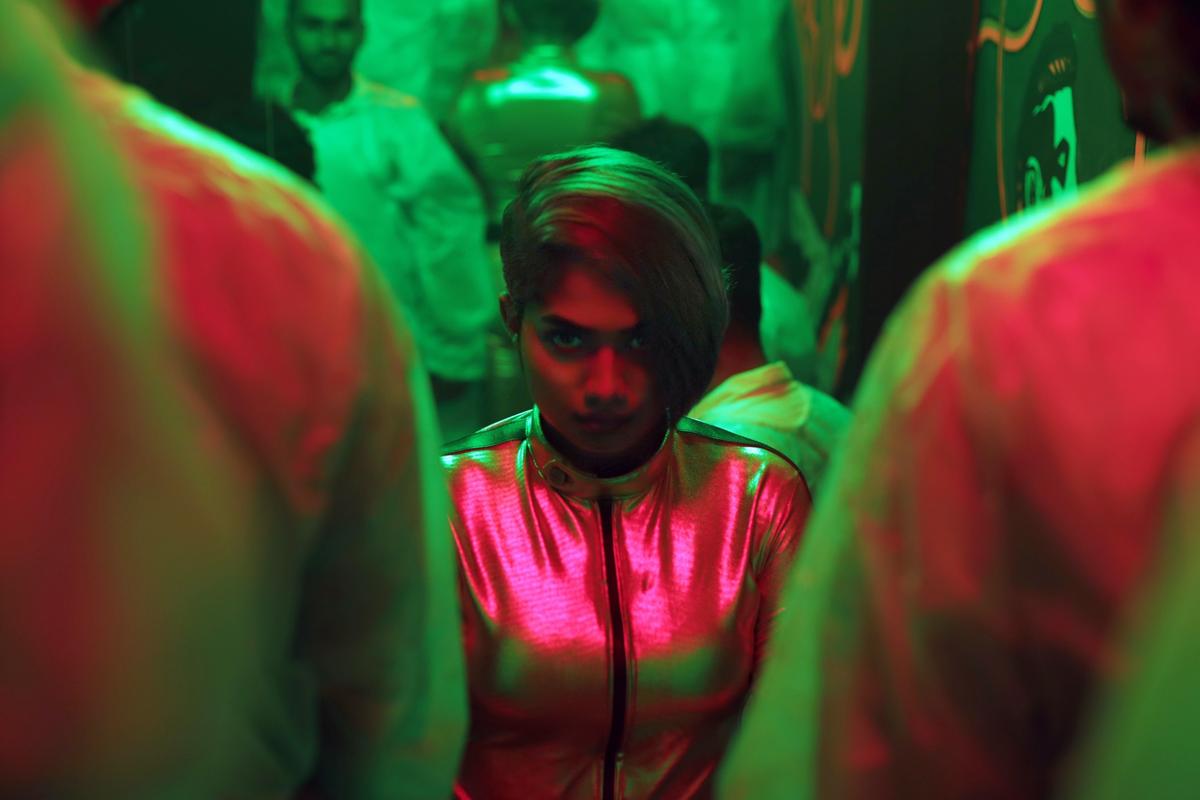
Anarkali Marakkar
| Photo Credit:
SPECIAL ARRANGEMENT
The humour takes the edge off the socio-political commentary. Arun treads that fine line successfully in the film littered with Malayalam pop culture references. A fan of mockumentaries, his favourite being the horror-comedy mockumentary series What We Do In The Shadows, he says, “After watching it, I wanted to make something political, that would tell hard-hitting truths through the mockumentary lens. It would deliver it in a lighter tone,” he says. The truths come out in such a way that there is no space to take offence.
Pop culture
Gaganachari heavily references Malayalam popular culture and films of the 1980s and 90s. Gokul Suresh is Allan Jose, a Malayalam movie buff who likes KG George’s Irakal. “I am a huge fan of George sir and the film,” Arun says. That Ganesh Kumar acted in it added sheen to it as far Arun is concerned.
For the voice of the virtual assistant Raghavan, with adjustable respect quotient, Arun initially wanted the late actor Nedumudi Venu or Santhosh George Kulangara, the man behind the televised travelogue series, Sancharam. Two people whose voices any Malayali would recognise.
Aliyamma is voiced by actor Mallika Sukumaran. He wanted to cast the late KPAC Lalitha’s voice, the actor however was unwell at the time. It was to be a nod to Adoor Gopalakrishnan’s Mathilukal, in which she gave voice to the unseen Narayani.
Ganesh Kumar owns the film as the middle-aged alien ‘hunter’ Victor Vasudevan, his comic timing spot on. The actor was part of Saajan Bakery, which was Arun’s second directorial. “There is no doubt about it…I wrote Victor with Ganesh sir in mind. His thekkan Keralam [south Kerala] swag is topnotch. And he absolutely enjoyed being part of the film, perhaps because he understood the potential of the film,” Arun says.
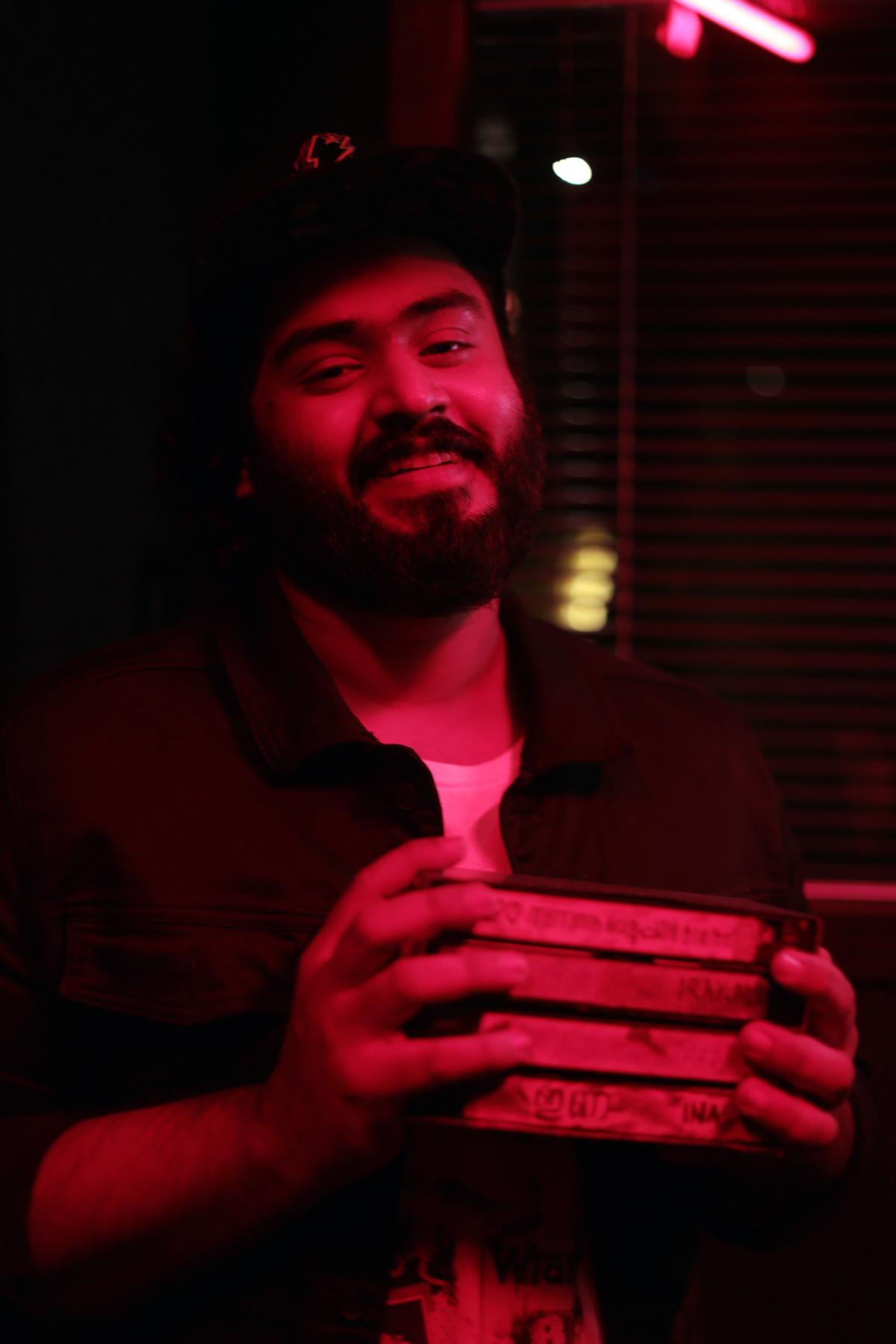
Gokul Suresh
| Photo Credit:
SPECIAL ARRANGEMENT
Gokul has collaborated with him on Sayanna Varthakal (2018), Arun’s debut film. Gokul is vocal about climate issues — their ideologies aligning and their shared interest in UFO-related conspiracy theories helped. Arun came into the film industry via Vineeth Sreenivasan’s Thattathin Marayathu (2012) for which he did the publicity design. Aju Varghese was also a part of the film; their association started there.
Ravaged by water
Unlike most post-apocalyptic films where the terrain is a desert (think Mad Max films), Gaganachari looks more like it was ravaged by water. Rain and what comes with it, he says, is not romantic for him. “My home is in Aranmula, which gets submerged any time it rains heavily. It is more of a nightmare for me. My mother lives there with our pet, a dog. Each time it starts pouring, I am constantly on the phone with her. So it had to be water for me, in a post-apocalyptic world.”
Arun confesses that shooting the film was a ‘daily test’, convincing the producers and the actors who were extremely supportive of his endeavour despite not knowing what the mockumentary would evolve into eventually. “They trusted the technician in me.”
If the actors had no idea how the experimental film would turn out, the response the film got at the various film festivals and especially at the Kerala Pop Con held at PVR Cinemas, Lulu Mall, Kochi, in January 2024, buoyed their confidence.
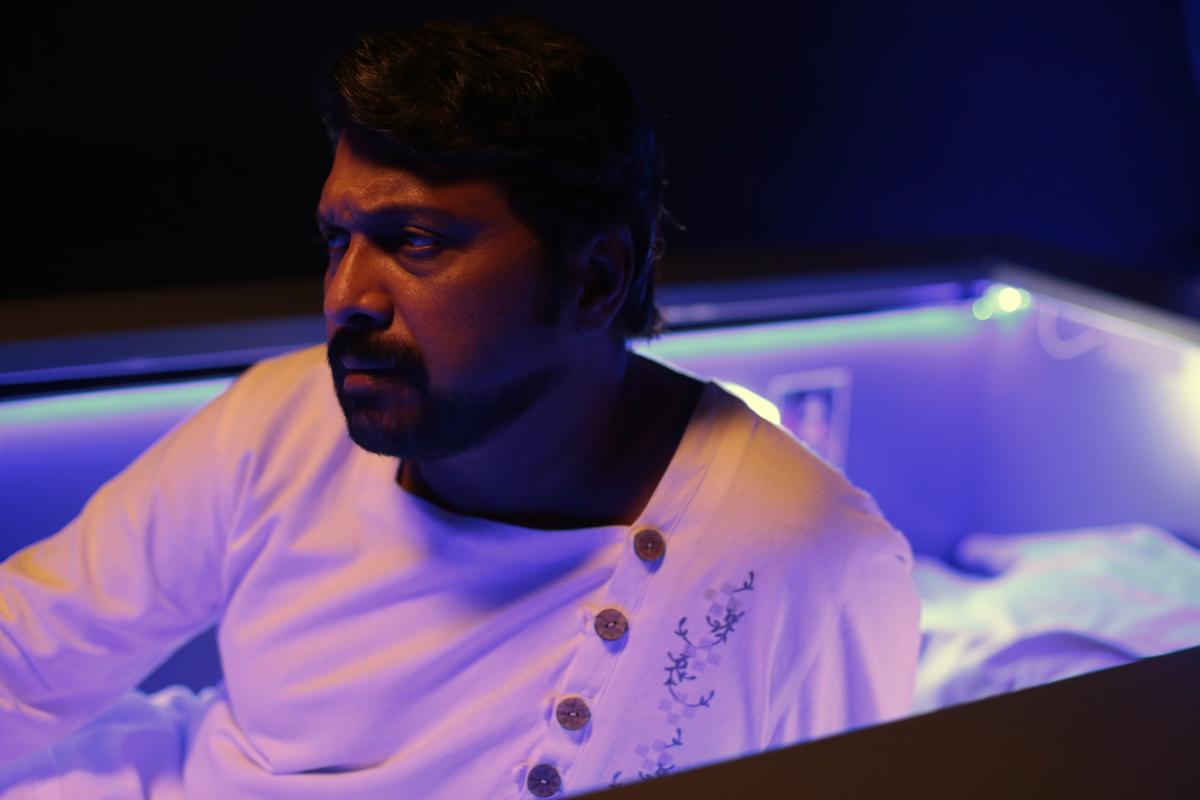
Ganesh Kumar
| Photo Credit:
SPECIAL ARRANGEMENT
Written and filmed during the the pandemic and lockdown during 2020-21, the three-year wait for the film’s theatre release was worth it. Arun calls it a blessing in disguise. “Usually a three-year wait for a film would mean that the topics discussed would ‘expire’. Fortunately for this film, it is set in the future, and we are in the future. Had it come out in 2025, it would have been the present because we reference 2025 in the film!”
The wait also helped better the film with evolving technology — AI and CGI. Given that the film was made on a modest budget, the graphics are vivid. “We wanted the visual effects to be minimal rather than go over the top, a minimalism reminiscent of the sci-fi action film District 9.“
During the period it did festival runs at sci-fi-based film festivals and those featuring films with a south Asian representation such as the LA Sci-Fi Film Festival and Nico Media Film Festival (NIFA). Of the 60-odd festivals it entered in the competition category, it won awards at around 25.
Cinema beyond boundaries
Especially encouraging was the standing ovation the film got at the Pramana Asian Film Festival (2023) held in Calabria, Italy. Besides comprehending the universality of the movies, “I learnt that cinema transcends language. They may not have got the pop culture references but the audience understood the geo-politics and climate change. Even the submerged terrain would have been visually new to them.”
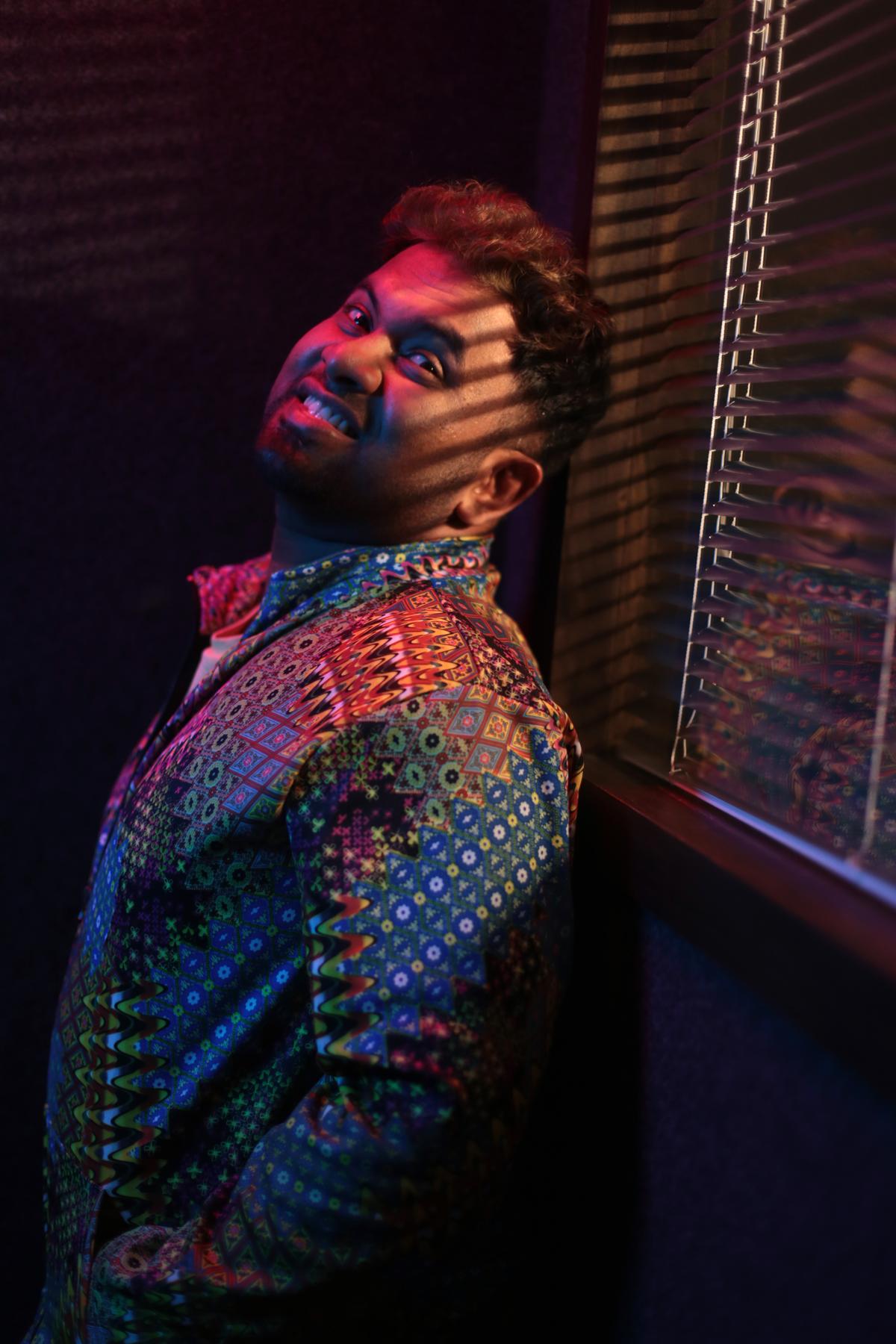
Aju Varghese
| Photo Credit:
SPECIAL ARRANGEMENT
He initially conceptualised the film wild and gory, “more like A Quiet Place, there was an alien invasion but only darker. But Ajuettan (Aju Varghese) suggested I try the polar opposite, with humour. After reading the script he was like ‘What is wrong with you? As it is we are living under apocalypse like conditions because of the pandemic and you are scaring us more?’” Subsequently he reworked it, following discussions with friend and US-based film writer Rahul Menon and the story took shape. Writer Siva Sai came on board and the rest is history. Rahul also helped take the film to film festivals abroad.
The 34-year-old self-taught filmmaker wishes he had worked under other directors. “I am a product of the times when digital filmmaking became a thing. I was adamant about figuring out everything on my own, had I gone the traditional route it may have helped me in figuring out stuff easily.” He agrees that had he gone the traditional route he may not have had the courage to make a Gaganachari.
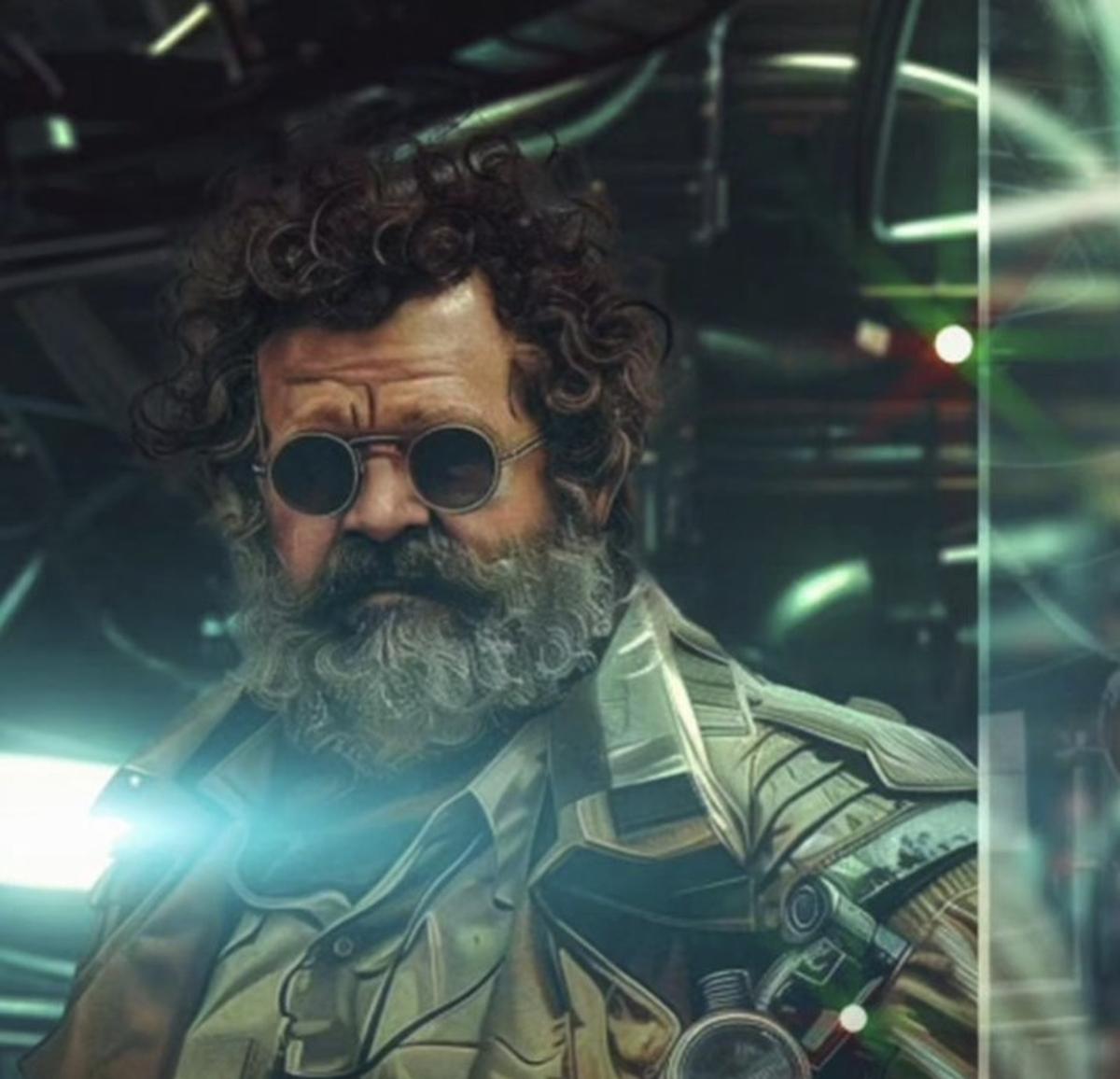
Artwork for Maniyan Chittappan , Arun’s next film starring Suresh Gopi
| Photo Credit:
SPECIAL ARRANGEMENT
The team is surprised by the audience demographic that is turning up to watch the film. “All our promo material and activities pivoted the fact that it was for people between 18-25 years old. We did not want anyone to feel cheated but kids and parents are going to watch the film together. It is appealing to people across age groups,” he adds.
He agrees that making a film, an experiment such as this with its use of the gritty, found footage technique and ‘trash aesthetic’, may not have worked if the subject was different. But for now he is embracing the love Gaganachari is garnering. He credits the Malayali audience for the response, “It is like what Fahadh [Faasil] said that we can release any film here because people are open. He was right!” He concedes that it is the change that brought about by the varied content people consumed on OTT during and after the pandemic.
Arun is not done with the Gaganachari universe he has created. Next up is Maniyan Chittappan starring Suresh Gopi, which was referenced in the movie. “Gaganachari has so much potential… it can be developed like the Marvel universe.”
Gaganachari is running in theatres

